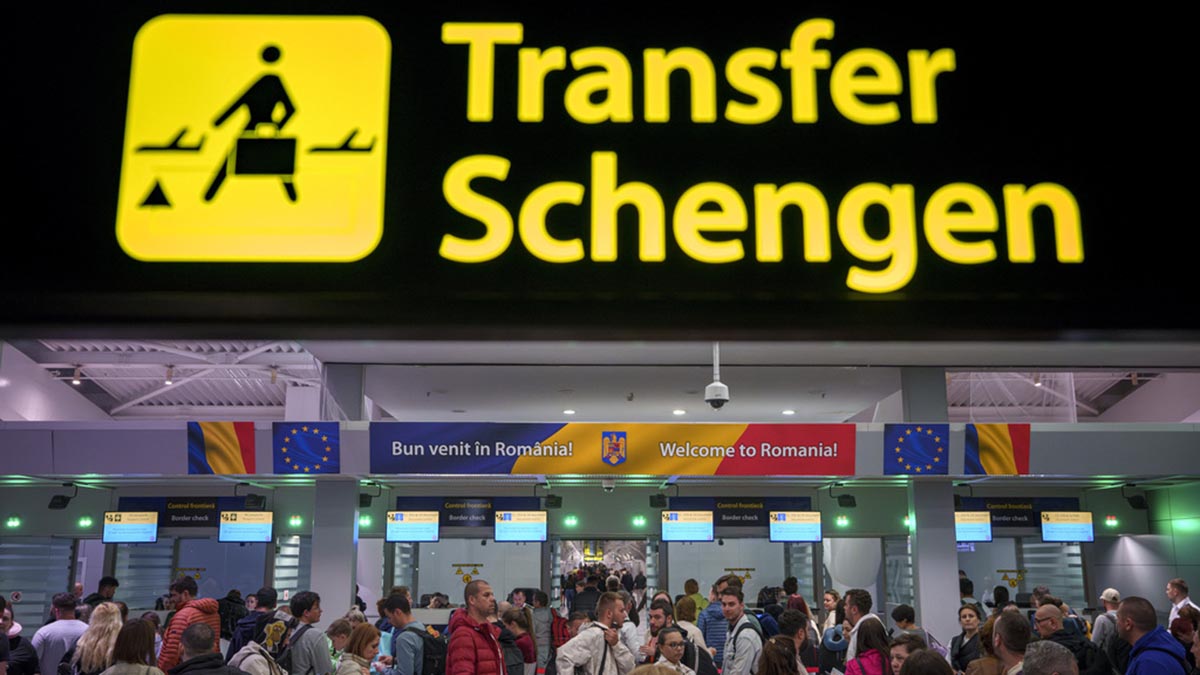A Schengen visa is a type of visa that allows its holder to travel freely within the Schengen area, which is a zone comprising 27 European countries that have abolished passport and other types of border controls at their mutual borders
read more
Starting today, travelling to Europe will be more expensive as the European Commission has increased the price of short-stay Schengen visas (type C) by 12 per cent worldwide. The new fee for adults will be 90 euros, up from 80 euros. For children aged six to 12, the cost will be 45 euros, an increase of 5 euros. There are no charges for children under six.
What is a Schengen visa?
A Schengen visa is a type of visa that allows its holder to travel freely within the Schengen area, which is a zone comprising 27 European countries that have abolished passport and other types of border controls at their mutual borders. This area includes countries like France, Germany, Italy, Spain and many others.
The Schengen visa is typically issued for short stays of up to 90 days within a 180-day period for tourism, business or family visits. It is a uniform visa that facilitates easier travel between these countries without the need for multiple visas. There are different types of Schengen visas, including:
Uniform Schengen Visa (USV): For short stays.
Airport Transit Visa (ATV): For passing through the international zone of Schengen airports without entering the Schengen Area.
National Visa: For stays longer than 90 days, usually for study, work, or family reunification.
To apply for a Schengen visa, one would typically need to submit an application form, proof of travel arrangements, accommodation details, travel insurance and financial means to support the stay. The process and requirements vary depending on the country the viosa is applied for.
Applications for visas in EU and Schengen countries touched 10.3 million in 2023
According to the Directorate-General for Migration and Home Affairs of the European Commission, data from the European Commission revealed that in 2023 EU and Schengen associated country consulates processed over 10.3 million short-stay visa applications, marking a 37 per cent rise from the 7.5 million applications in 2022. Despite this increase, the figure remains significantly lower than the pre-pandemic level of 17 million applications in 2019.
While there was a year-on-year rise in visas issued in 2023, the total still fell short of 2019’s figures. Nearly 8.5 million visas were granted in 2023, up from 5.9 million in 2022, but considerably below the 15 million visas issued in 2019.
The top five countries by number of visa applications in 2023 were:
China: 1,117,365 applications, up from 92,780 in 2022.
Türkiye: 1,055,885 applications, an increase from 778,409 in 2022.
India: 966,687 applications, rising from 671,928 in 2022.
Morocco: 591,401 applications, up from 423,201 in 2022.
Russia: 520,387 applications, a decrease from 687,239 in 2022.
The global refusal rate for visa applications slightly decreased to 16 per cent in 2023 compared to 17.9 per cent in 2022 and 13.4 per cent in 2021. However, refusal rates saw minor increases in some countries: Belarus’ refusal rate rose from 1.9 per cent in 2022 to 3.4 per cent in 2023, Russia’s from 10.2 per cent to 10.6 per cent, Turkiye’s from 15.7 per cent to 16.1 per cent and Iran’s from 25.2 per cent to 30.3 per cent.
Of the 8.5 million visas issued in 2023, 4.6 million, or 54.2 per cent, were for multiple entries into the Schengen area, a decrease from 58.1 per cent in 2022. Additionally, Schengen states issued 85,200 uniform visas directly at external borders in 2023.

)

